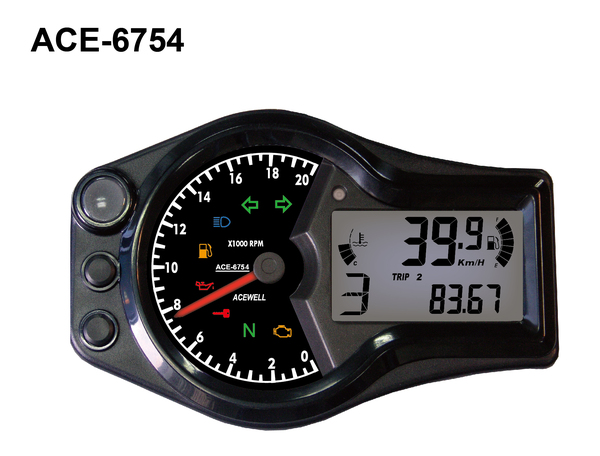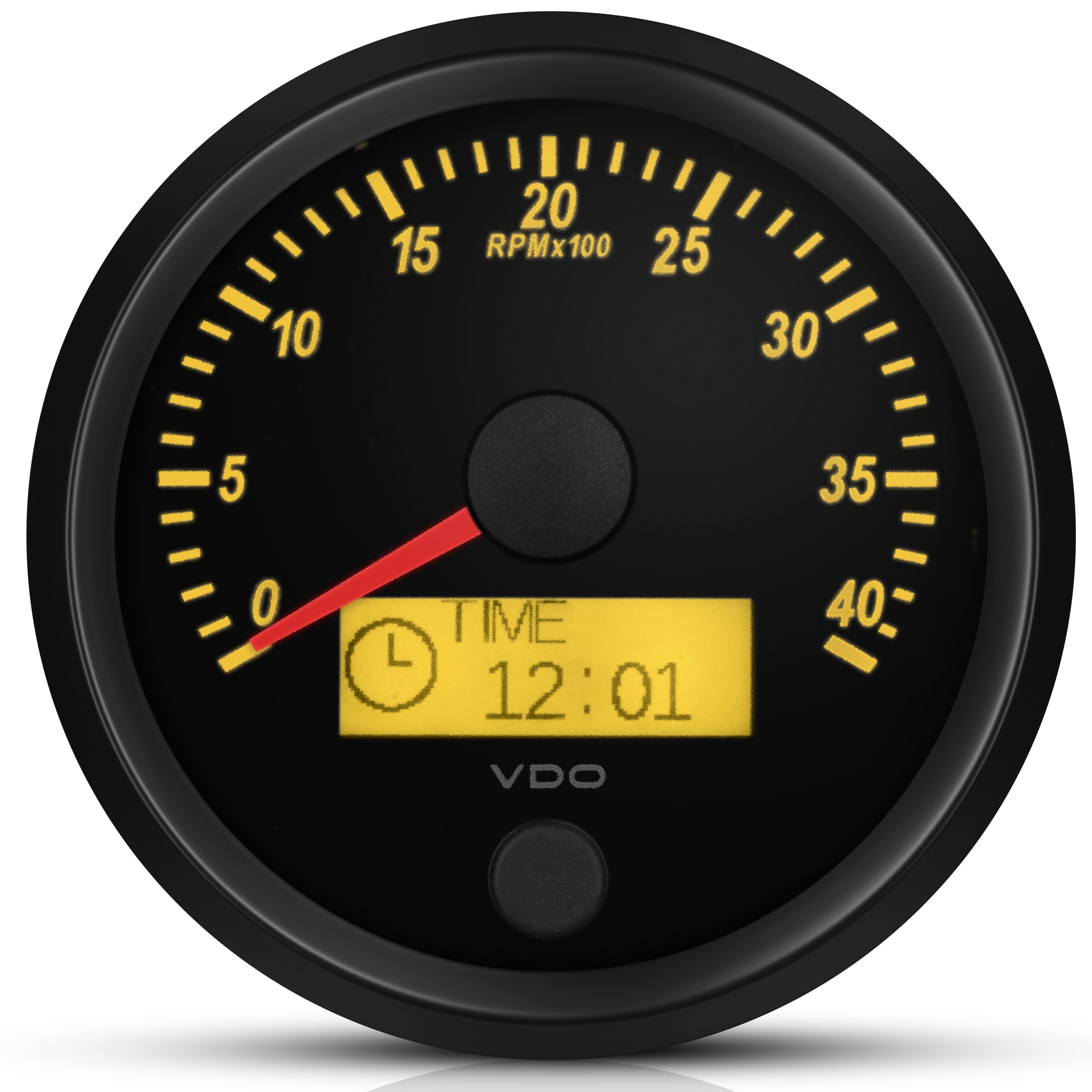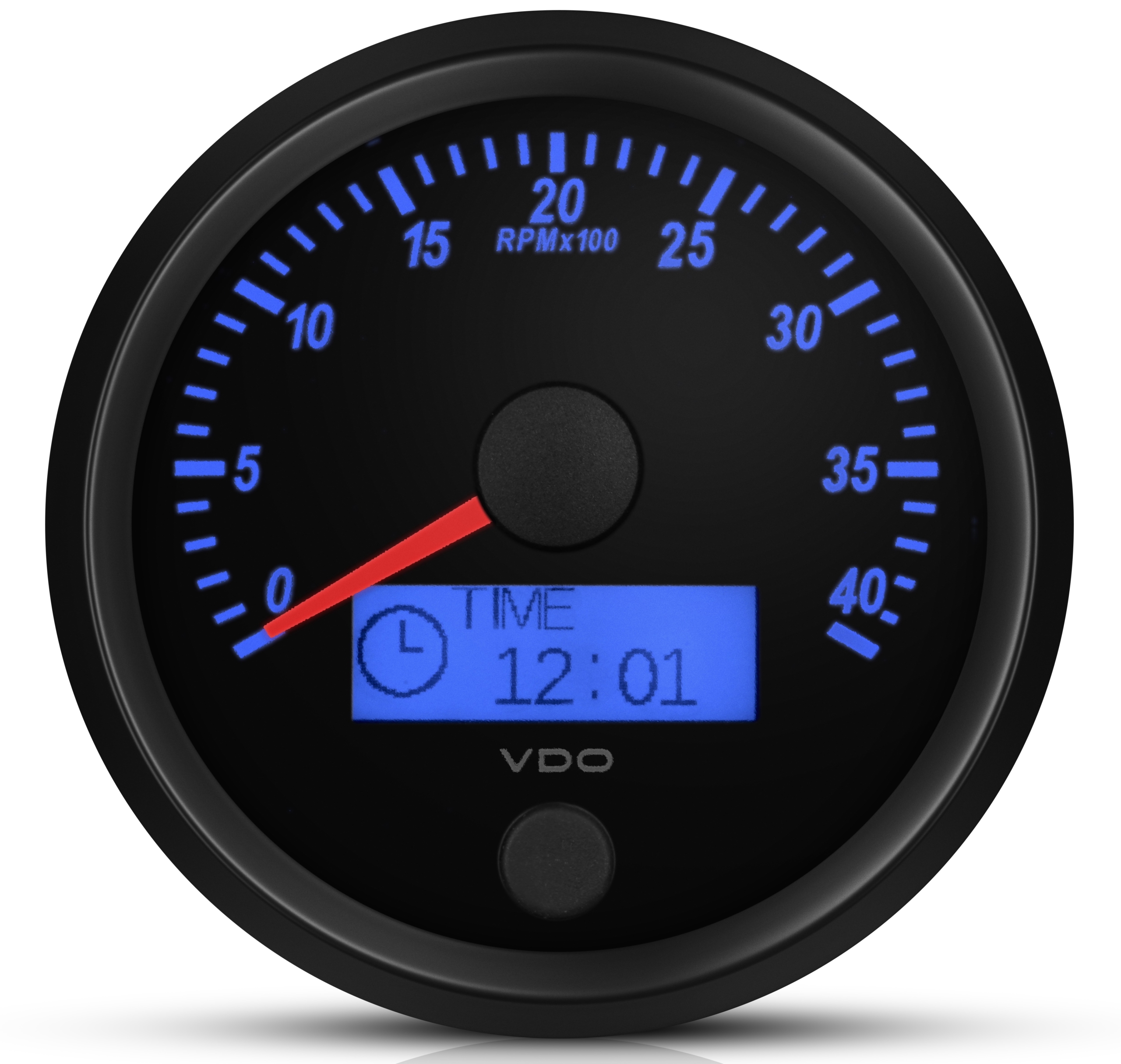The Relevance of a Tachometer in Monitoring Engine Rate and Performance in Automotive Applications
In the realm of auto design, the tachometer stands as a pivotal tool in the chauffeur's arsenal, offering a straight home window into the internal functions of a lorry's engine. Past its function as a simple scale of changes per min (RPM), the tachometer serves as an important device for enthusiasts and experts alike, using real-time insights into engine efficiency and health and wellness.
Value of Keeping An Eye On Engine RPM
Keeping track of engine RPM, or transformations per min, is a crucial aspect of automotive maintenance and performance assessment. Engine RPM straight associates with the speed at which the engine's crankshaft revolves, suggesting how quickly the engine is running - tachometer. By keeping track of RPM, technicians can examine the health and wellness of the engine, discover possible problems, and fine-tune efficiency. An unusual RPM analysis might signify issues such as engine misfires, damaged stimulate plugs, or concerns with the gas delivery system. Regularly high RPM analyses might suggest hostile driving habits or the demand for a greater gear shift to boost fuel performance.
Additionally, checking engine RPM is necessary for efficiency assessment in auto racing and high-performance cars. In summary, keeping track of engine RPM is not just essential for spotting concerns however also for optimizing engine performance in various automobile applications.

Advantages of Real-Time Data
In automotive applications, real-time data plays an essential duty in offering immediate understandings into the efficiency and problem of the automobile. By continually keeping track of numerous parameters such as engine speed, temperature, fuel usage, and more, real-time information offers various advantages that add to boosted effectiveness and security when driving.
One significant advantage of real-time information is its capability to alert vehicle drivers and specialists to any type of anomalies or problems promptly. This positive method enables quick recognition of prospective issues, permitting timely treatments to prevent more damage or breakdowns. Furthermore, real-time data facilitates efficiency optimization by supplying prompt comments on driving routines and engine efficiency. Drivers can adjust their behavior in real-time based on this Check This Out details to attain better gas economic situation and extend the life-span of their vehicle.

Moreover, real-time data plays an essential role in modern-day auto diagnostics, enabling technicians to quickly detect and deal with malfunctions. This results in minimized downtime, lower maintenance prices, and eventually, boosted overall vehicle integrity and longevity (tachometer). By utilizing the power of real-time data, automobile look at here stakeholders can make educated decisions that positively influence both the performance and durability of the lorry
Influence On Equipment Shifts
The tachometer plays a vital duty in maximizing equipment changes by supplying real-time engine rate data to the chauffeur. When approaching the redline on the tachometer, it signifies the vehicle driver to upshift to protect against over-revving the engine and creating possible damage.
Furthermore, the tachometer aids in achieving smoother equipment transitions, specifically in hand-operated transmissions. By checking engine rate, chauffeurs can perform gear changes at the optimal RPM range, reducing snagging activities and lessening wear on the transmission components. This accuracy on duty adjustments not just improves driving comfort however also adds to sustain effectiveness.
Enhancing Fuel Efficiency
Offered the important function the tachometer plays in optimizing equipment shifts for efficiency and engine wellness, it directly adds to making the most of gas effectiveness in automobile applications. By giving real-time comments browse around here on engine rate, the tachometer helps chauffeurs in keeping the most reliable RPM variety for gas economy. When chauffeurs continually keep an eye on the tachometer and change their driving behaviors appropriately, they can stay clear of unnecessary gas intake brought on by over-revving or hauling the engine.
Moreover, the tachometer helps chauffeurs determine the most fuel-efficient gear to be in at any type of given moment, stopping the engine from functioning tougher than essential. In verdict, the tachometer offers as a beneficial device in boosting gas effectiveness by promoting optimum driving habits and recognizing locations for renovation in the lorry's efficiency.

Optimizing Engine Durability
The tachometer's function in monitoring engine rate and performance is critical in ensuring the durability of automobile engines. Checking the tachometer allows chauffeurs to stay within the suggested RPM range for their automobile, preventing unnecessary stress on the engine and extending its life expectancy.

Verdict
To conclude, the tachometer plays a vital function in monitoring engine rate and performance in automobile applications. By providing real-time data on RPM, it enables for effective equipment changes, improved fuel efficiency, and optimized engine long life. This tool is crucial for maintaining optimal engine efficiency and making sure the overall capability of an automobile.
Comments on “Professional Tips for Preserving and Calibrating Your Tachometer”